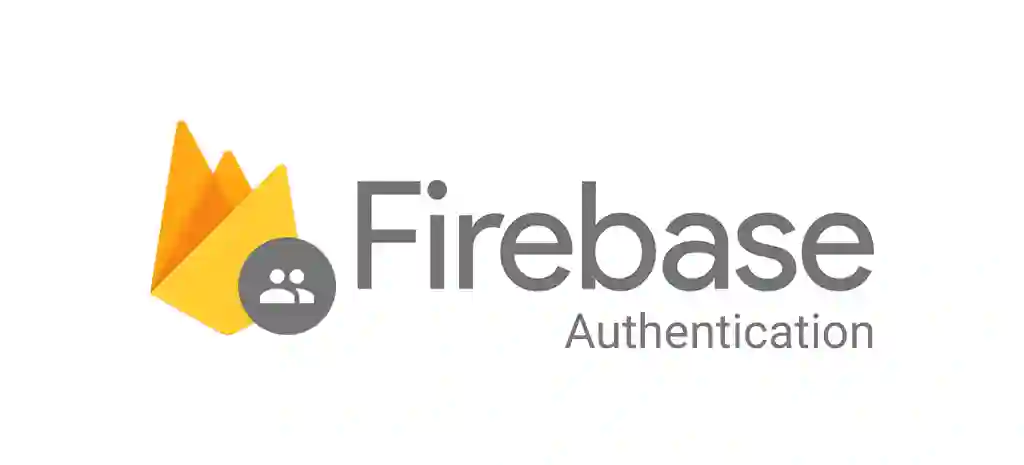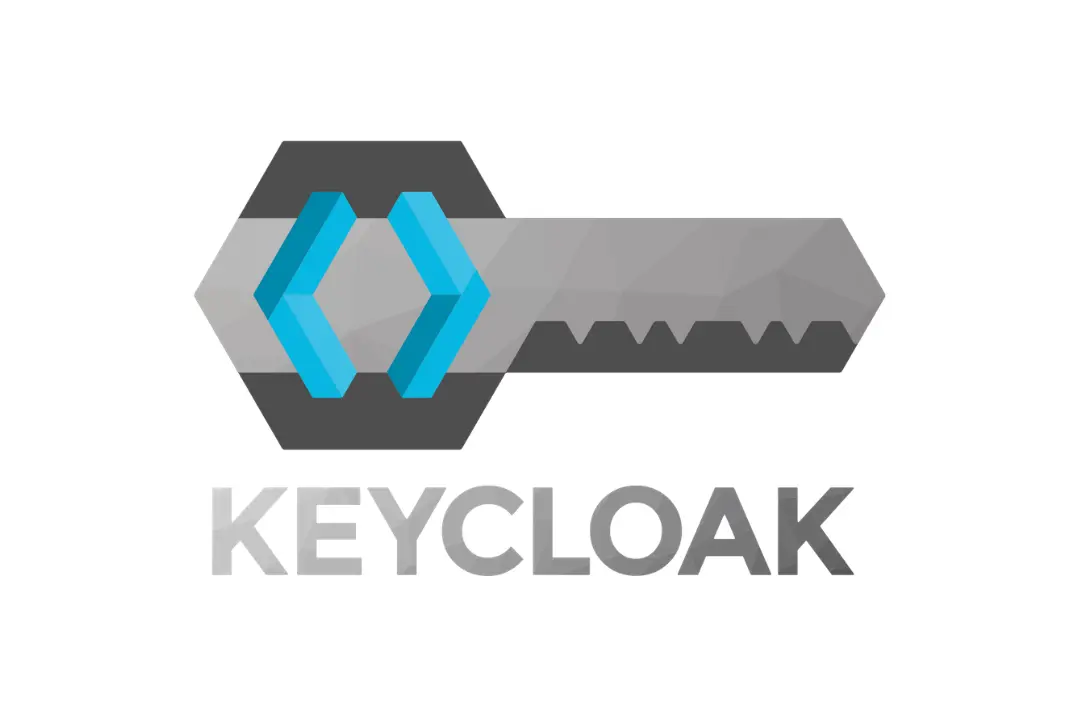Top 5 Auth0 alternatives in 2025
Discover the top 5 Auth0 alternatives in 2025 — including WorkOS, Microsoft Entra ID, Amazon Cognito, Firebase Authentication, and Keycloak — with a head-to-head comparison and migration tips.
Choosing the right identity and access management (IAM) provider is critical as your product grows. Many teams begin with Auth0, but by 2025, rising costs and flexibility limitations have more companies searching for Auth0 alternatives. The good news: the CIAM market is evolving, and there are several strong options.
In this guide, we’ll explore the top 5 Auth0 alternatives in 2025 — WorkOS, Microsoft Entra ID, Amazon Cognito, Firebase Authentication, and Keycloak — compare them side by side, and share next steps for migrating off Auth0 with WorkOS.
Why should you consider an Auth0 alternative?
Teams typically start evaluating Auth0 alternatives once their product matures and scaling pressures mount. The most common reasons in 2025 include:
Because authentication underpins every user interaction, even subtle frustrations with pricing, flexibility, or control can become major blockers as you scale. The good news is that there are several strong alternatives in 2025, each offering different strengths depending on your needs.
Top Auth0 alternatives in 2025
Below is a 2025-oriented look at five strong alternatives.
1. WorkOS

WorkOS is an all-in-one developer-friendly platform that offers a suite of features for adding enterprise identity management to your apps. It’s built with the explicit goal of enabling B2B / enterprise features (SSO, directory sync, SCIM, roles, audit logs) without building them yourself, giving you all the building blocks you need to grow and start selling to enteprise.
Key features
- Easy integration: Simple integration with your app via SDKs and APIs for most programming languages.
- Enterprise SSO: Support SSO integration for any SAML or OIDC-compliant identity provider. With a single integration you can enabled dozens of identity providers.
- Admin portal: A customizable dashboard your customers can use to onboard themselves. Send them an invite, and WorkOS will instruct them on configuring their SSO or SCIM integration.
- User management: It supports all popular authentication methods, including email/password authentication, social logins, multi-factor authentication, magic auth, and SSO. It also supports identity linking, session management, email verification, and role-based access control.
- AuthKit: This is a customizable hosted UI that you can use to easily add all the authentication options WorkOS provides to your app. It handles your authentication logic, including SSO redirects, password resets, and email verification. You can use custom CSS and fonts for full styling flexibility.
- Flexible integration: If you’d rather not use the hosted UI (AuthKit), you can call the WorkOS APIs directly from your app and build your own front end.
- Audit logs: WorkOS records all the actions taken by your app users. These logs contain the action taken, the user who took it, what was affected, and when and where it occurred.
- Automated user provisioning: Seamlessly provision and de-provision users in real time through SCIM directory sync or JIT (Just-In-Time) provisioning during first login, ensuring accounts stay fully in sync with your customers’ identity providers.
- Role-based access control: Define granular roles and permissions at the organizational and user levels, so you can enforce least-privilege access across tenants and applications.
- Real-time protection against bots and abuse: Protect your authentication flows with built-in bot detection and abuse prevention, reducing the risk of free trial abuse, credential stuffing, brute force attacks, fake account signups, and more.
Pricing
WorkOS’ pricing scales with your growth:
- User management: Free for up to 1 million MAUs, and every additional million MAUs at $2500/month.
- Custom domains: Offered separately for a flat rate of $99/mo.
- Single Sign-On: $125 per connection/month (+ volume discounts).
- Directory Sync: $125 per connection/month (+ volume discounts).
- Audit logs: $125 per SIEM connection with $99 per month per million events stored (+ volume discounts).
For more details on your use case, check out the pricing calculator.
Best for
SaaS products that need to scale into enterprise/B2B customers with SSO, directory sync, provisioning, and want to avoid reinventing identity plumbing.
2. Microsoft Entra ID (formerly Azure AD)

Microsoft Entra ID offers SSO across Microsoft products and thousands of third-party apps, plus conditional access and governance tools.
Key features
- Deep Microsoft ecosystem integration: Works seamlessly with Microsoft 365, Teams, and Azure services.
- SSO & MFA: Secure access to both internal and external applications.
- Identity protection: Conditional access policies, risk-based adaptive authentication.
- B2B collaboration: External users can access shared resources securely.
- Hybrid deployment: Manage both on-prem Active Directory and cloud identities.
Pricing
- Included in some Microsoft 365 subscriptions.
- Premium plans (~$6/user/month and up) add advanced SSO, identity protection, and governance.
Best for
Organizations heavily invested in Microsoft 365 and Azure that need strong identity governance with secure external access.
3. AWS Cognito

Cognito is Amazon’s fully managed identity service for web and mobile apps. It’s tightly integrated with AWS services and scales easily for large user bases.
Key features
- User pools: Complete user directory with built-in sign-up and sign-in.
- Identity pools: Assign AWS credentials to users for secure access to AWS services.
- Identity federation: Support for social logins (Google, Facebook, Amazon) and enterprise IdPs via SAML and OIDC.
- Cognito Sync: Synchronize user data across devices with low latency.
- AWS integration: Native tie-ins with API Gateway, Lambda, and IAM.
Pricing
- Free tier: 50,000 monthly active users + 625,000 data synchronizations.
- Beyond free tier: pay-as-you-go pricing for additional MAUs and sync operations.
Best for
AWS-centric applications that want a cost-effective, scalable identity solution with deep service integrations.
4. Firebase Authentication

Firebase Authentication is part of Google’s Firebase platform, designed to make user sign-in simple for web and mobile developers.
Key features
- Multiple auth methods: Email/password, phone auth, social providers (Google, Facebook, GitHub, etc.).
- FirebaseUI: Customizable, open-source UI for authentication flows.
- Real-time integration: Works seamlessly with Firebase’s database and hosting services.
- Upgrade path: Easy migration to Google Cloud Identity Platform for advanced features (MFA, blocking functions, enterprise SLAs).
Pricing
- Free for all core authentication methods (except phone auth).
- Spark plan (free): 10 SMS/day for phone auth.
- Blaze plan (pay as you go): Per-SMS billing; free up to 50K MAUs, then ~$0.0025–$0.0055/MAU.
Best for
Developers already using Firebase or Google Cloud, and teams building consumer/mobile apps that need simple, fast-to-implement authentication.
5. Keycloak

Keycloak is an open-source identity and access management solution maintained by Red Hat. It’s highly flexible and self-hosted, giving organizations full control over identity infrastructure.
Key features
- Enterprise SSO: Supports OpenID Connect and SAML.
- Identity brokering: Integrates with external IdPs and social logins.
- User federation: Connect to LDAP and Active Directory for seamless synchronization.
- Fine-grained authorization: RBAC plus advanced policy-based access control.
- Customizable UI: Full control over login, registration, and account management screens.
Pricing
- Free, open source.
- Costs come from hosting, support, and maintenance.
Best for
Organizations needing a self-hosted, customizable solution with strict compliance or data residency requirements. Keep in mind that Keycloak requires teams to handle patching, scaling, monitoring, and upgrades themselves, which can add significant maintenance overhead compared to managed services.
Auth0 alternatives: Head-to-head comparison
How to choose an authentication provider
With so many strong contenders on the market in 2025, the best choice depends less on raw features and more on your context: how your product works today and where you want it to go tomorrow. Here are the key factors to weigh:
- Your primary user base
- Enterprise/B2B SaaS: If your growth depends on landing enterprise contracts, prioritize solutions with robust SSO, SCIM provisioning, directory sync, and audit logging (e.g. WorkOS, Microsoft Entra ID).
- Consumer/mobile apps: If you’re focused on scale, simplicity, and rapid onboarding for end users, lightweight managed solutions like Firebase Authentication or Cognito may be a better fit.
- Hybrid models: For teams serving both individual users and enterprise accounts, ensure your platform can support multiple identity flows without duct tape.
- Ecosystem alignment
- If your stack already lives in AWS, Azure, or Firebase/Google, using the cloud provider’s native service may simplify integrations.
- If you want maximum neutrality and freedom from vendor lock-in, look toward WorkOS.
- If you're looking for an open-source solution, consider Keycloak.
- Customization and control
- Do you need to control every detail of the login flow, branding, or backend logic? Self-hosted or open source platforms (like Keycloak) give maximum flexibility, but come with operational overhead.
- If you prefer managed simplicity with guardrails, WorkOS or cloud-native services may save your team significant engineering cycles.
- Operational complexity
- Ask yourself honestly: do you want to run and patch your own identity servers? Many startups underestimate the overhead. Unless you have strong compliance or residency needs, a managed service can help your team focus on product, not identity plumbing.
- Cost and scalability
- Consider not just today’s pricing but how it scales with users, tenants, and features. Pay attention to whether pricing is per-user, per-connection, or tier-locked. Surprises here are a common trigger for re-evaluation.
Rule of thumb:
- If your main challenge is enterprise readiness, choose WorkOS.
- If your main challenge is cloud-native simplicity, Microsoft Entra ID, Cognito or Firebase can be attractive.
- If you want total flexibility and control, regardless of the maintenance overhead, Keycloak is often the way to go.
How to migrate off Auth0
If after evaluation you lean toward WorkOS as the replacement, here’s how to move forward:
Step 1: Evaluate your current Auth0 usage
- Inventory which features you use (Rules, Actions, Social logins, SSO, tenant logic, user metadata).
- Catalog custom logic in your pipelines or hooks.
- Estimate data volumes, MAUs, SSO connection count, and performance needs.
Step 2: Explore migration documentation
- WorkOS provides a guide for migrating from Auth0. You can follow step-by-step instructions on how to map your existing identities, logic, and flows, and implement missing features.
- Use sandbox/staging environments to pilot parallel flows.
Step 3: Map identity semantics
- Align identity models (user objects, attributes, metadata) between Auth0 and WorkOS.
- Recreate or port custom logic (e.g. signup workflows, custom claims, transformation logic) into WorkOS APIs or SDK hooks.
Step 4: Implement incremental cutover
- Start with a subset (e.g., new users, a percentage of traffic) using WorkOS while leaving existing Auth0 flows intact.
- Monitor for errors, edge cases, and missing behavior.
- Gradually expand the migration surface until Auth0 is fully phased out.
Step 5: Test thoroughly across scenarios
- Test login, signup, SSO, social logins, password reset, MFA, account recovery, and edge cases (e.g. legacy accounts).
- Monitor performance, latency, error rates, and logging.
- Verify audit, security, and compliance expectations.
Step 6: Post-migration cleanup & optimization
- Decommission unused Auth0 infrastructure, credentials, and keys.
- Reevaluate cost impact and adjust usage.
- Iterate and tune flows, caching, performance, and SLAs.
Step 7: Stakeholder alignment & communication
- Inform teams (product, security, operations) of the migration plan, impacts, and cutover windows.
- Prepare rollback/mitigation plans in case of issues.
Because WorkOS aims to simplify the enterprise identity layer, many of the migration pain points are already documented and structured, but any similar migration requires careful planning, testing, and staged rollout.
For more details, see Migrate from Auth0.
Next steps
If you’re evaluating alternatives today, you don’t need to start from scratch:
- Run a side-by-side comparison: Use the criteria and head-to-head table above to clarify which platform best fits your needs.
- Start a WorkOS pilot: Set up a staging environment with WorkOS to validate enterprise SSO, SCIM provisioning, and other B2B essentials.
- Plan your migration roadmap: Break the transition into clear phases — assessment, staging, incremental rollout, and final cutover.
The WorkOS Auth0 migration documentation walks you through each step in detail, so your team can move forward with confidence.